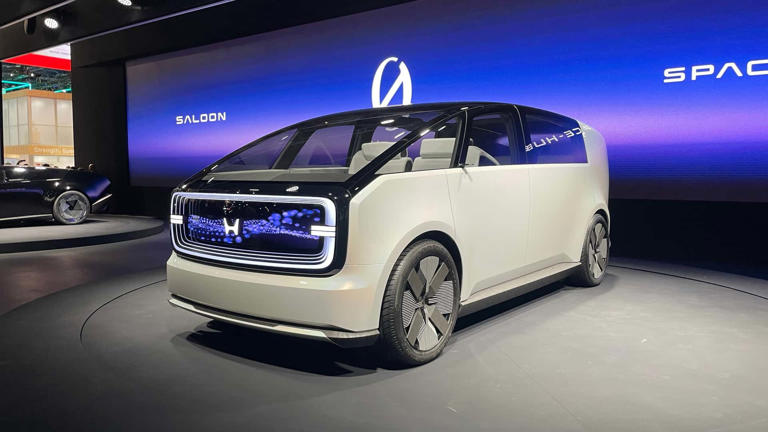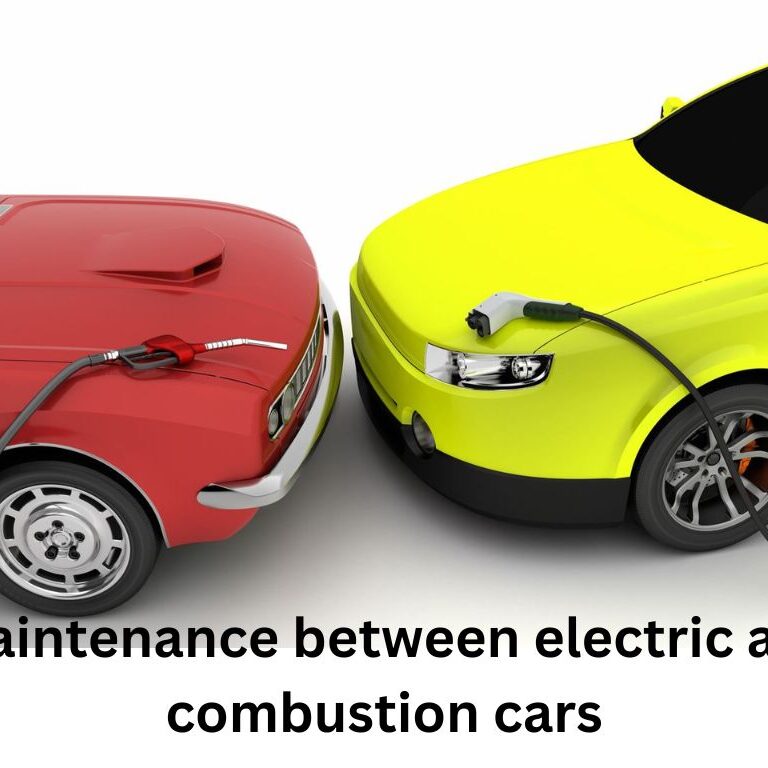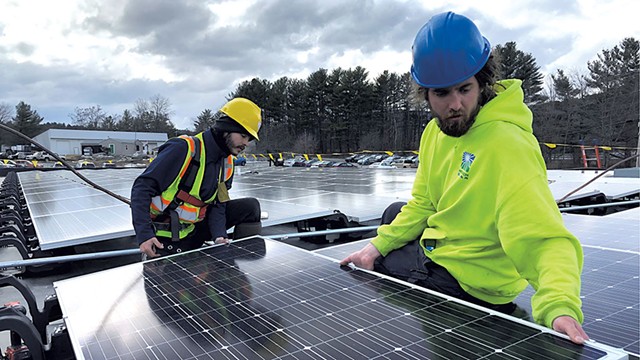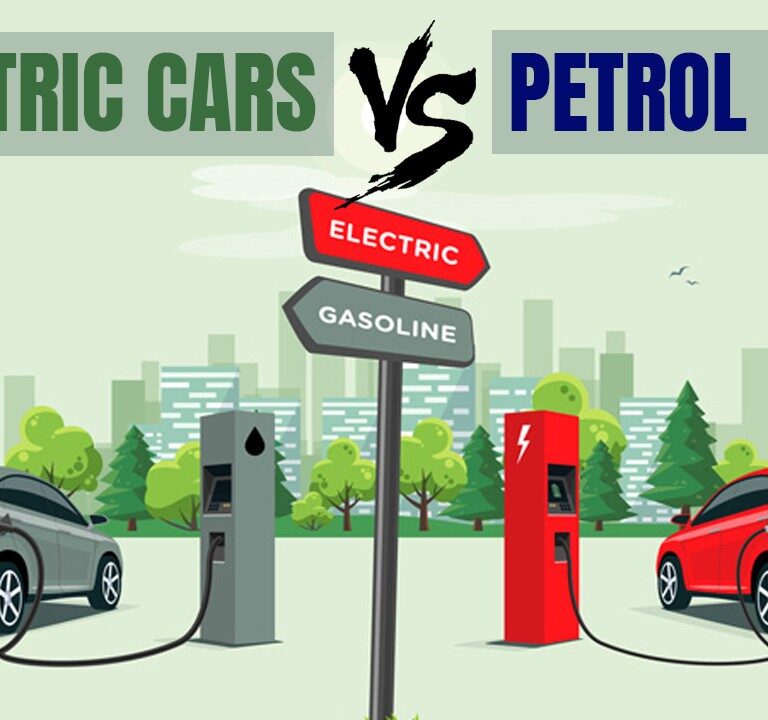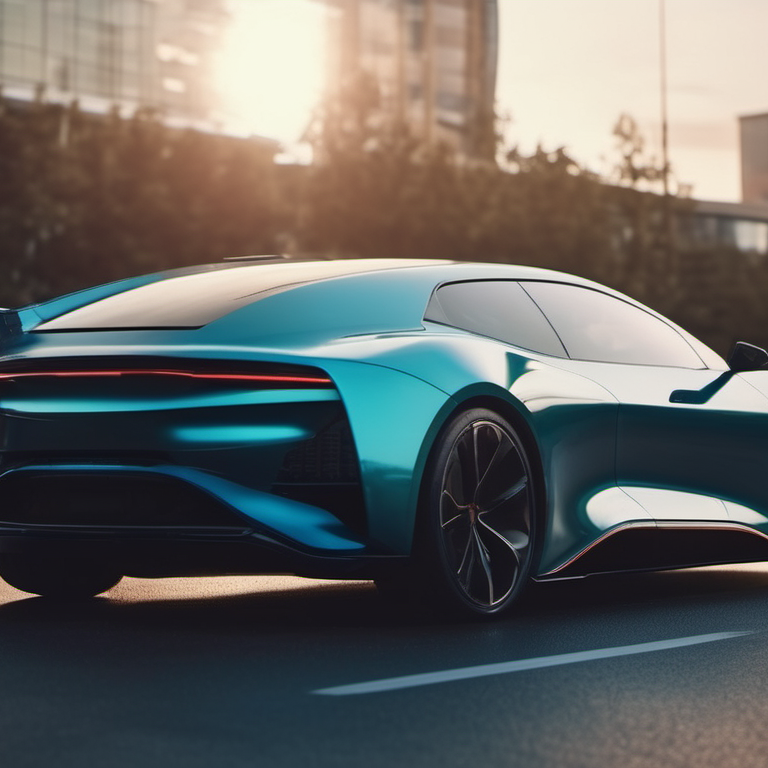What Technological Breakthrough is Needed to Make Electric Cars Viable?
The key technological breakthrough needed for electric cars is improved battery technology. This includes longer life, faster charging, and lower costs.
Electric cars are on the cusp of mass adoption, yet their viability hinges on critical innovations, especially in battery technology. Advancements are essential to ensure these vehicles meet the demands of consumers and the challenges of a transforming auto industry.
Range anxiety and long charging times are significant barriers that next-generation battery technology seeks to overcome. By developing batteries with greater energy density and efficiency, electric cars can travel comparable distances to their gasoline counterparts on a single charge. Cost-effective production methods are also vital, as they will lower the price point, making electric vehicles (EVs) more accessible to a broader market. This shift not only promises cleaner transportation options but also aligns with global sustainability goals, reducing the carbon footprint of personal transport. With governments and manufacturers heavily investing in research and infrastructure, the race to perfect electric vehicle technology is well underway, signaling a cleaner, more efficient future for road travel.

Credit: www.ft.com
The Quest For Longer Battery Life
The Quest for Longer Battery Life sits at the forefront of making electric cars a viable option for the masses. The key lies in enhancing battery capacity and lifespan. Drivers demand more distance per charge. They want assurance that their vehicle won’t leave them stranded. Addressing these concerns requires massive leaps in battery technology. Here, we explore the avenues of innovation driving this exciting endeavor forward.
Searching For High-energy Density Materials
Energy density is pivotal in battery development. It dictates how much power a battery can store relative to its size. Scientists are on a constant hunt for materials that pack more energy into less space. These materials could extend a vehicle’s range significantly.
- Graphene: Promises to increase capacity and reduce charging time.
- Silicon-based anodes: They offer higher energy storage than graphite anodes currently in use.
- Nickel-rich cathodes: They could improve energy density while reducing costs.
This exploration is about finding the right balance. Durability, cost, and safety all weigh in heavily on the scales of innovation.
Advances In Solid-state Batteries
Electric vehicle progress hinges upon solid-state battery innovation. This new battery type uses solid electrolytes instead of liquid. It comes with a promise of more power, safety, and longevity. With no liquid, there is less risk of fires. Solid-state batteries can also operate at higher temperatures. They reduce the need for complex cooling systems in cars.
| Advantage | Impact |
|---|---|
| Higher Voltage | Improves range and reduces charging time. |
| Increased Density | Allows for smaller, lighter batteries. |
| Durability | Extends the battery lifespan, saving cost over time. |
Companies around the globe are racing to commercialize solid-state batteries. These advances in battery tech could tip the scales for the electric vehicle market.

Credit: insideevs.com
Charging Up The Future
Imagine a world where electric cars race across highways, minus the frequent stops for a charge. The dream of an electric vehicle (EV) revolution hinges on key technological advances. The ability to charge up quickly and easily makes all the difference. It’s time to explore what could power the future of road travel.
Speeding Up The Charging Process
Long charging times often deter potential EV owners. What if charging an EV was as quick as filling a gas tank? Research focuses on cutting down these hours to mere minutes. Faster charging could transform the EV landscape. Let’s look at developments that are reducing charging times:
- High-power chargers that deliver a surge of energy:
- Improved battery technology with faster-cycling cells:
- Software that streamlines the power transfer:
Creating A Widespread Charging Infrastructure
To keep EVs rolling, drivers need access to chargers wherever they go. A robust network of charging stations is crucial. Efforts to expand charging networks ensure that EVs can undertake longer journeys with peace of mind. Effective deployment calls for strategic planning:
| Location | Charger Type | Impact |
|---|---|---|
| Urban centers | Fast-charging hubs | Supports city commuters |
| Highways | Ultra-fast stations | Facilitates long-distance travel |
| Residences | Home charging setups | Convenience for homeowners |
Incorporating renewable energy sources into this infrastructure furthers sustainability goals. Solar-powered and wind-energized stations illustrate this shift. Partnerships between governments, local authorities, and private companies ensure smooth implementation.
Reducing Costs, Increasing Appeal
An electric future shines bright on the horizon, with cleaner, more efficient travel within our grasp. Yet, for electric cars to dominate the roads, two crucial elements need a boost
The reduction of costs and increasing the appeal of these vehicles stand paramount to widespread adoption. Let’s explore concrete steps to achieve this seismic shift.
Scaling Production To Lower Prices
Mass production holds the key to affordability. By scaling up production, car makers can enjoy economies of scale, passing savings on to consumers.
- Advanced manufacturing technologies reduce time and costs.
- Investments in automation and AI improve efficiency.
- Standardization of components streamlines assembly processes.
These strategies promise to make electric vehicles a financially achievable option for a wider customer base.
Government Incentives And Policies
Government action can accelerate the electric vehicle (EV) revolution. Supportive policies play a critical role.
- Tax credits soften the hit to consumer wallets.
- Infrastructure investment ensures accessible charging stations.
- Regulations may mandate a switch to cleaner vehicles.
Together, these measures fuel public interest and help tip the scale towards a vibrant electric vehicle market.

Credit: www.bloomberg.com
Sustainable And Abundant Materials
Sustainable and Abundant Materials play a crucial role in the journey toward making electric cars widely accepted and environmentally sound. Dependence on rare and costly materials poses challenges to both the production scale and the eco-friendliness of electric vehicles. The path forward calls for innovation in sourcing materials that are plentiful, cost-effective, and have a minimal ecological footprint. Exploring such alternatives ensures that electric cars become a sustainable option for the future.
Finding Alternatives To Rare Earth Elements
Electric cars need materials that are strong, light, and conductive. Rare earth elements fit this bill, but they are scarce and often come from areas with geopolitical tensions. Scientists are now working on finding other materials that can do the job just as well.
- Graphene: Conducts electricity better and is lighter than copper.
- Silicon carbide: A semiconductor for efficient electric currents.
- Nanomaterials: Enhance battery life and recharge speed.
Recycling And Reusing Battery Components
As electric cars become more popular, we have more batteries to deal with. The key is to recycle them. This means taking apart used batteries, saving valuable parts, and making new batteries from them. This process saves resources and is better for the planet.
| Step | Process |
|---|---|
| 1 | Collection and transportation of used batteries |
| 2 | Safe disassembly |
| 3 | Separation and salvage of materials |
| 4 | Synthesis of new battery components |
| 5 | Manufacture of new batteries |
Integration With Renewable Energy
Integration with Renewable Energy holds the key to transforming electric vehicles (EVs) into the game-changing technology of the future. To truly revolutionize how we think about transportation, electric cars must become seamless partners with green energy sources. This alliance promises a cleaner, more sustainable road ahead.
Smart Grids And Electric Vehicles
Smart Grids stand at the forefront of powering EVs sustainably. They balance the energy supply with the demand in real time. This ensures electric cars draw power when renewable energy is abundant. Here’s how it transforms the landscape:
- Dynamic Charging: Smart grids can charge EVs during low-demand hours, like nighttime.
- Stability: They prevent overloads when many EVs charge simultaneously.
- Energy Storage: EVs can serve as storage units, releasing energy back into the grid when needed.
Solar And Wind-powered Charging Stations
Clean energy sources like solar and wind are ideal companions for electric cars. They offer endless, pollution-free power. Below are the benefits of this partnership:
| Solar-Powered Stations | Wind-Powered Stations |
|---|---|
|
|
Addressing Range Anxiety
One vital step towards the widespread adoption of electric cars is to tackle a key consumer concern: range anxiety. It’s the fear that an electric vehicle (EV) doesn’t have enough charge to reach its destination. To make electric cars a viable choice for everyone, technology must advance in ways that ensure longer travel distances on a single charge, assuring potential buyers they won’t get stranded. Let’s explore how improving energy efficiency and enhancing onboard energy management can address this challenge.
Improving Energy Efficiency
Boosting the efficiency of electric vehicles means getting more mileage out of each kilowatt-hour of battery capacity. Technological breakthroughs in this area could include:
- Advanced battery materials that store more energy.
- Aerodynamic designs to reduce drag.
- Lightweight materials for the vehicle structure.
- Improved regenerative braking systems that recapture more energy.
Efficient tires and energy-saving accessories also play a critical role in enhancing overall vehicle efficiency.
Enhancing Onboard Energy Management
Smart energy management onboard can extend an EV’s range. This includes:
- Intelligent software that optimizes battery use according to driving patterns.
- Real-time energy consumption tracking for the driver.
- Better thermal management systems to maintain battery temperature.
These strategies ensure that each charge lasts longer and reduces range anxiety significantly.
Frequently Asked Questions On What Technological Breakthrough Is Needed To Make Electric Cars Viable
What Technology Is Needed For Electric Cars?
Electric cars require an electric motor, battery pack, power electronics, onboard charger, and regenerative braking system. Advanced software manages performance and energy efficiency.
What Can Be Done To Improve Electric Vehicles?
To enhance electric vehicles, manufacturers can boost battery life, reduce charging times, improve energy efficiency, and expand charging infrastructure. Advances in technology and materials may also lead to lighter and more cost-effective designs.
What Is The Future Technology In EV?
The future of EV technology includes advancements like solid-state batteries, improved fast-charging systems, and enhanced autonomous driving capabilities. Integration with renewable energy and vehicle-to-grid functionalities are also anticipated.
What Is The New Breakthrough In Battery Technology?
A recent breakthrough in battery technology is the development of solid-state batteries, offering faster charging, longer lifespans, and enhanced safety compared to traditional lithium-ion batteries.
Conclusion
Embracing the future of mobility means overcoming present challenges. The road ahead for electric cars hinges on a pivotal tech evolution. Battery efficiency, charging infrastructure, and sustainable production are key. Success will transform our travel landscape, steering us towards a cleaner, more efficient tomorrow.
Let’s drive the change.
